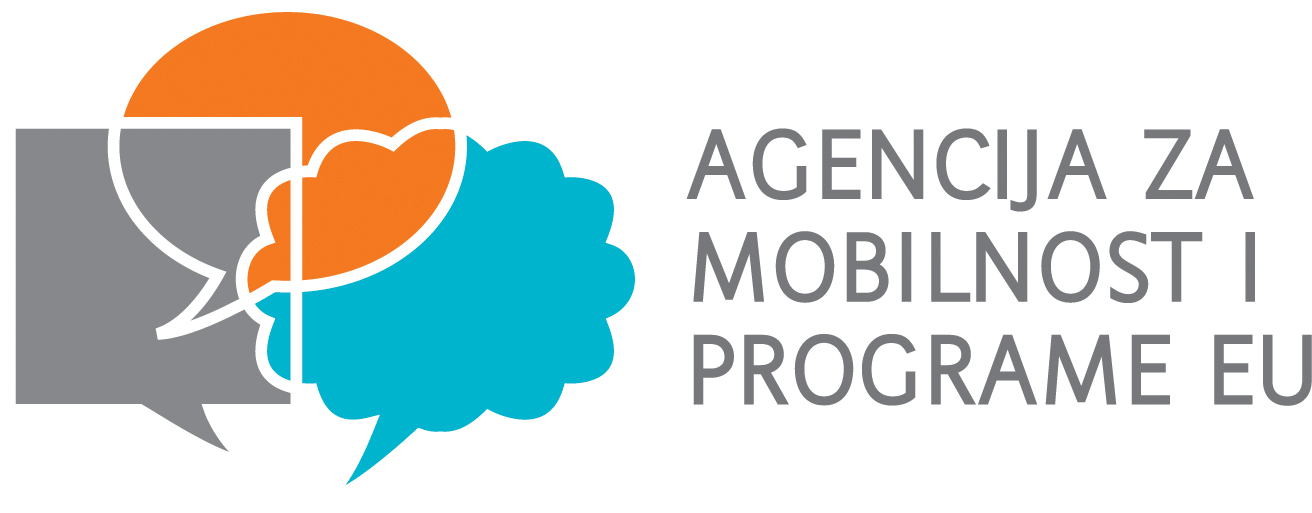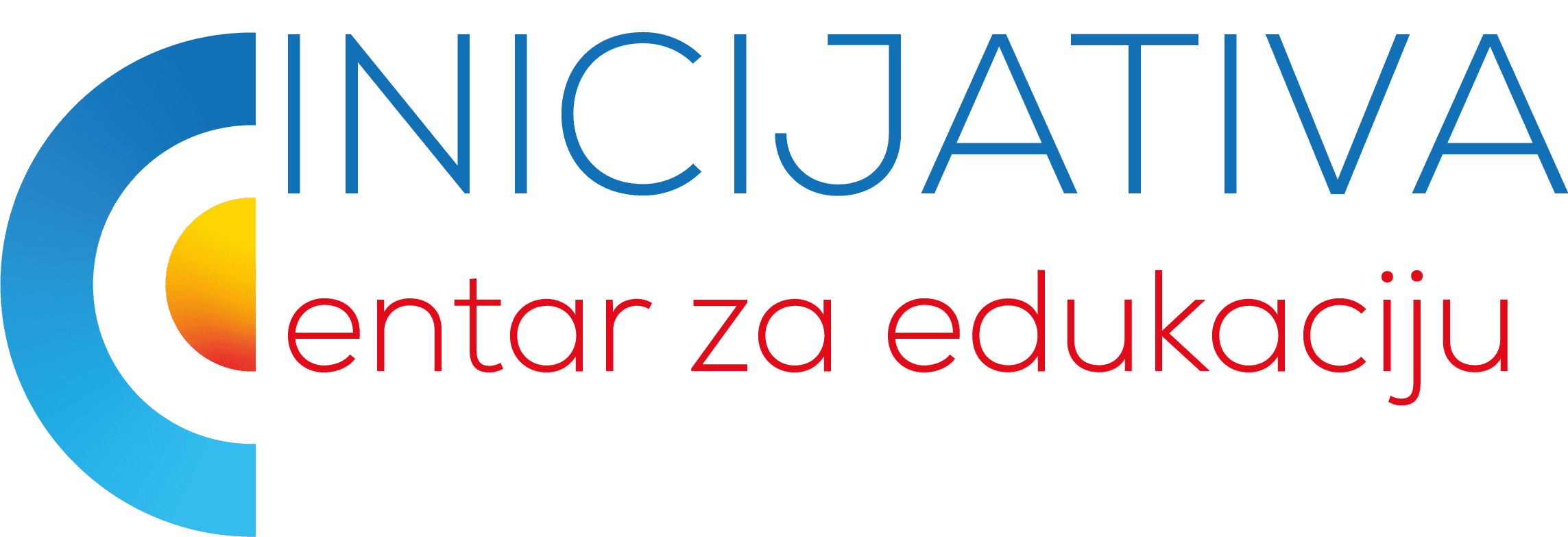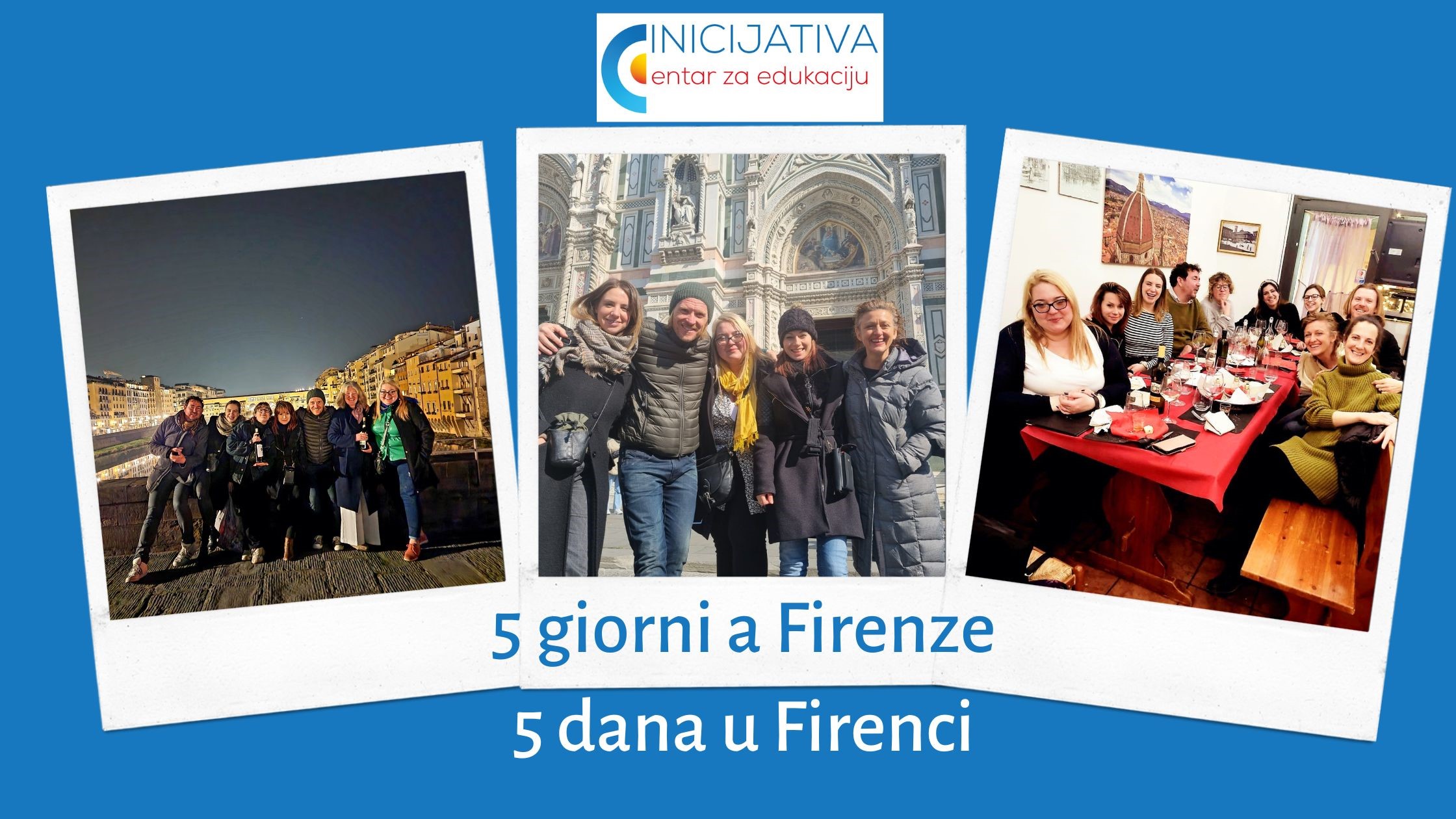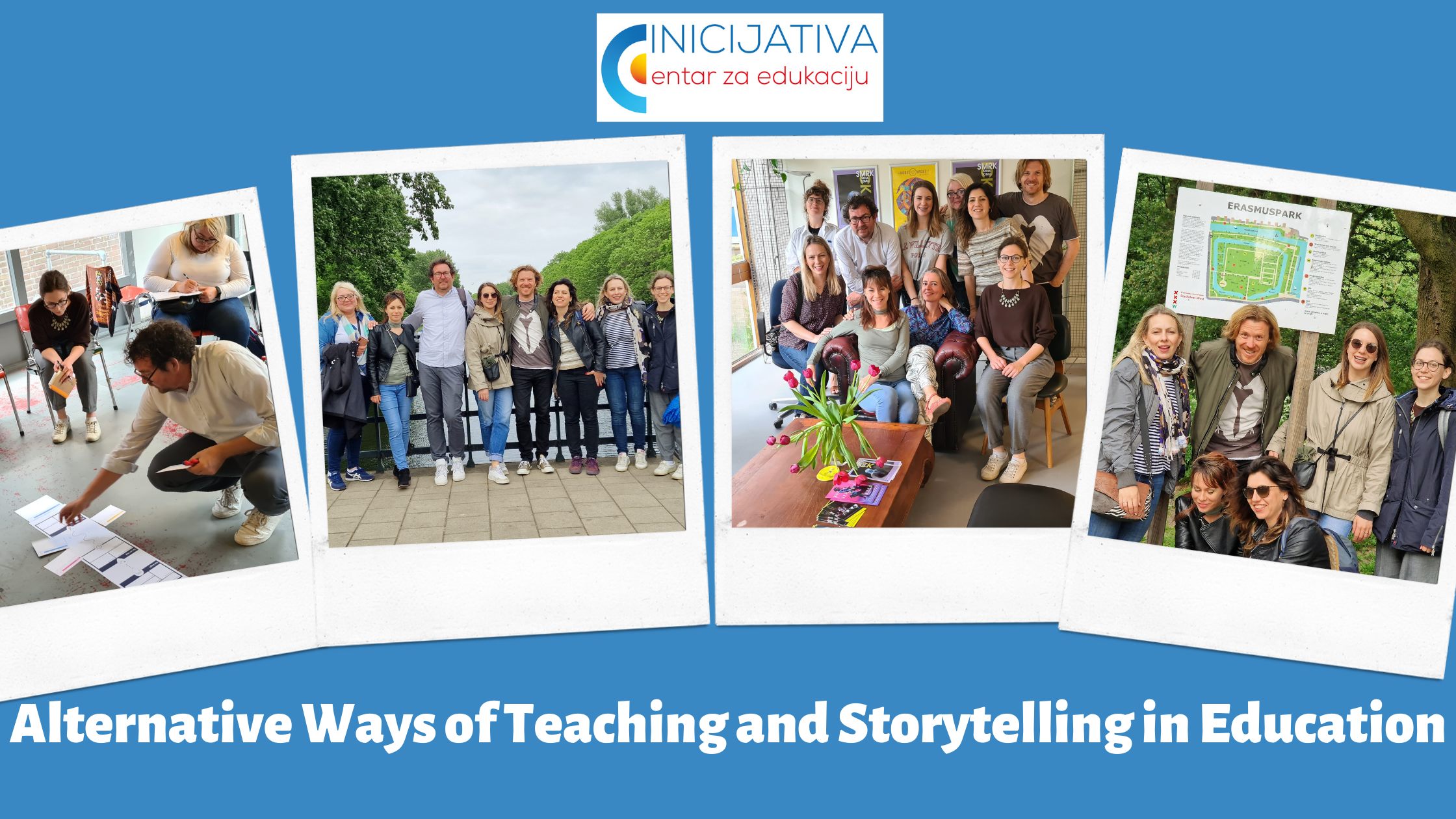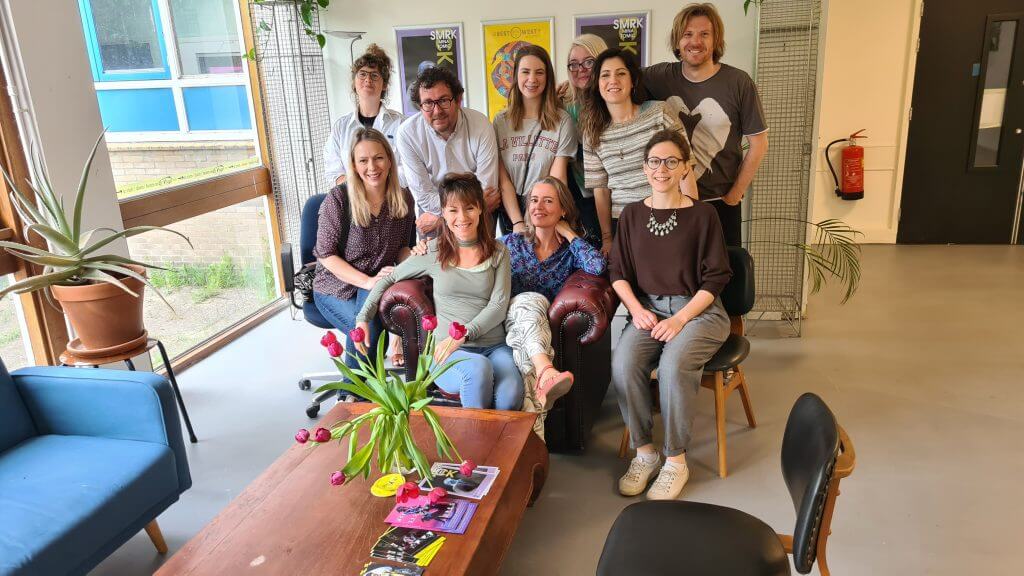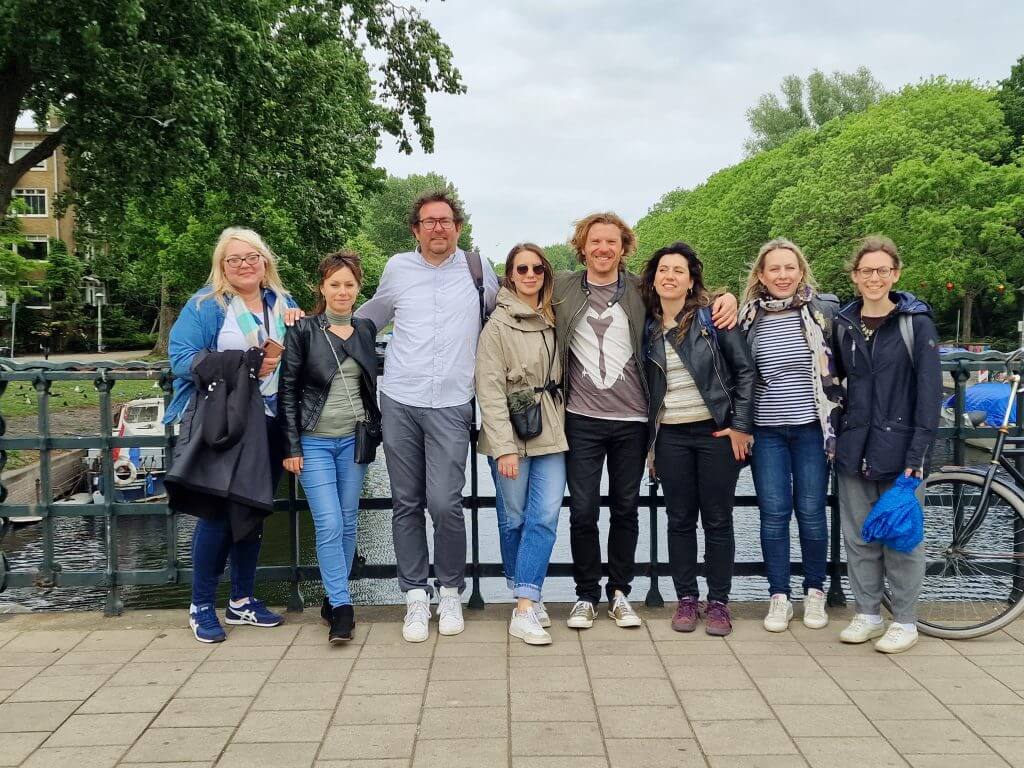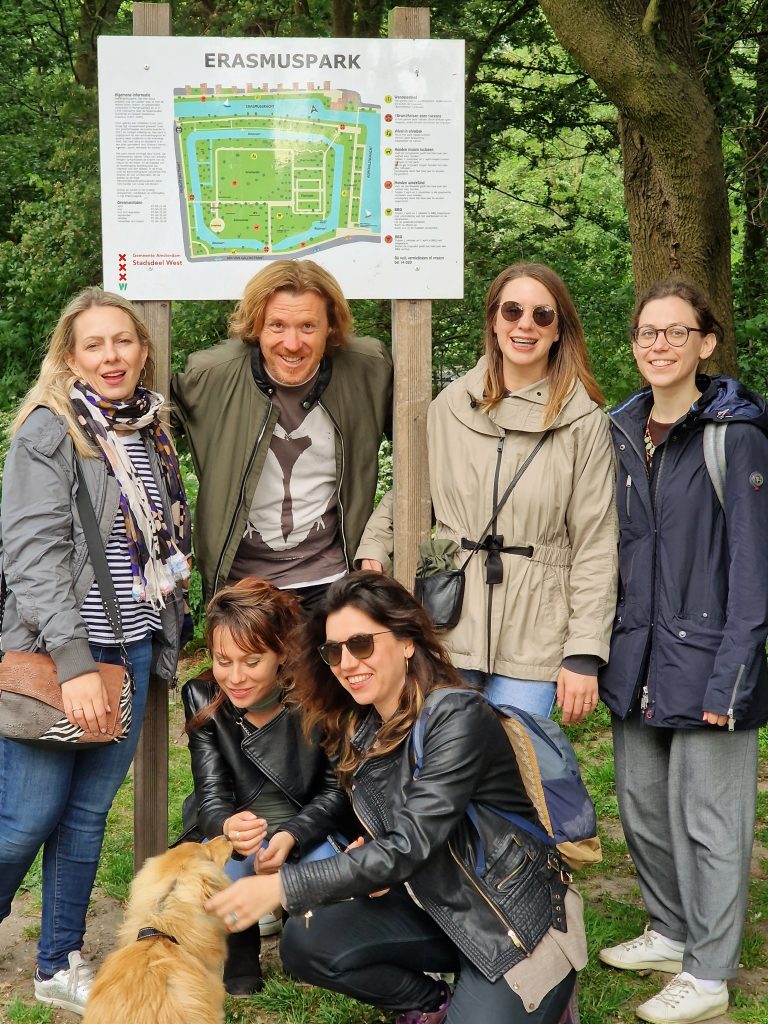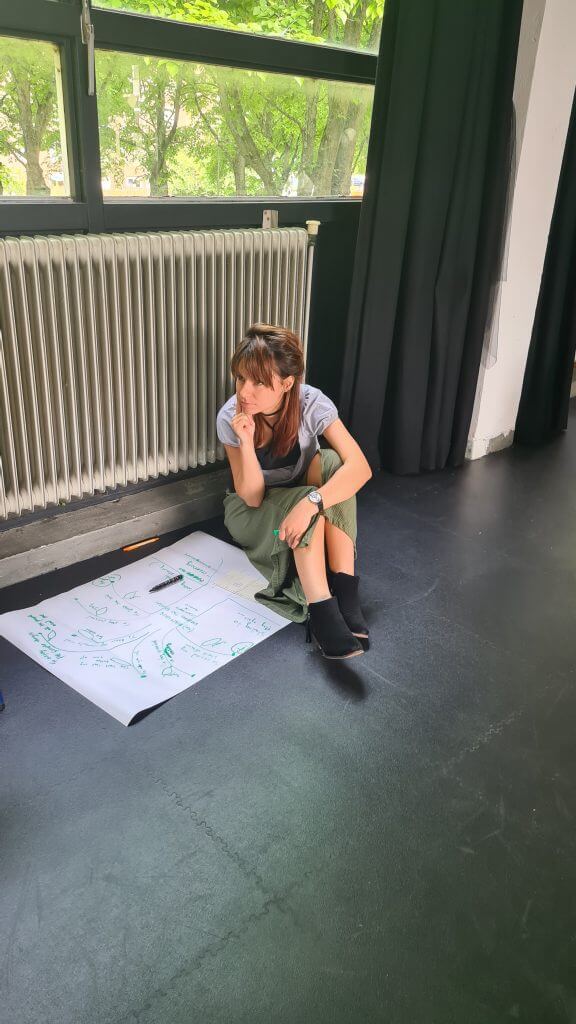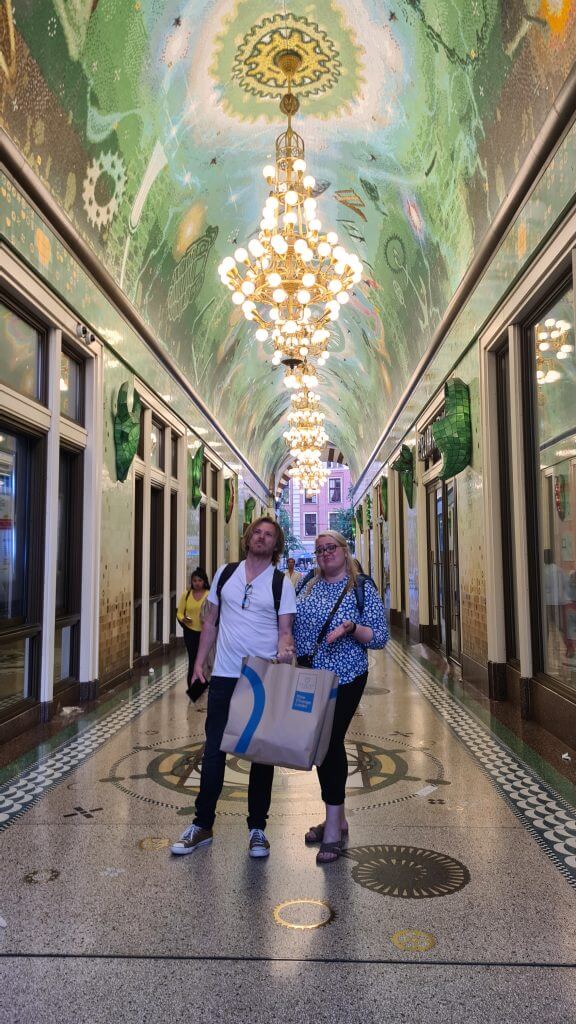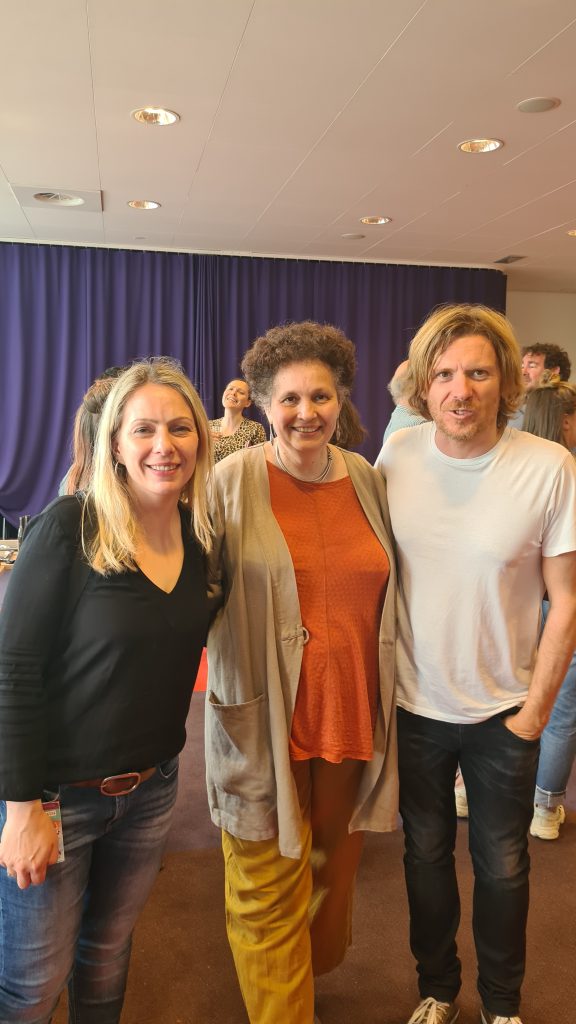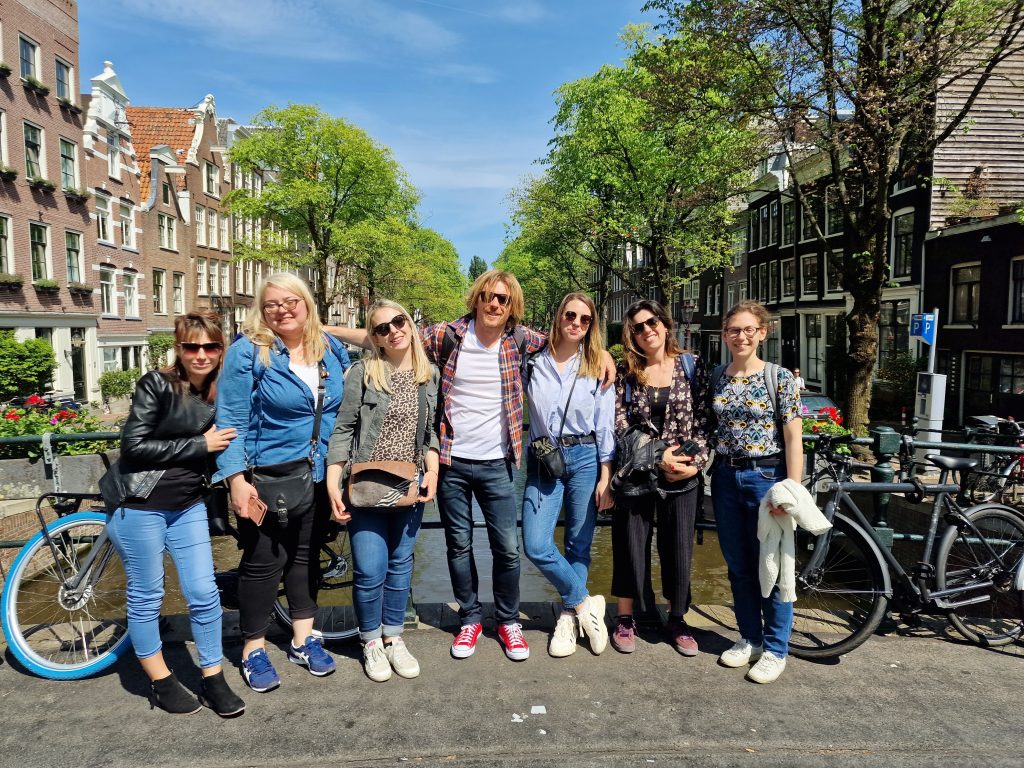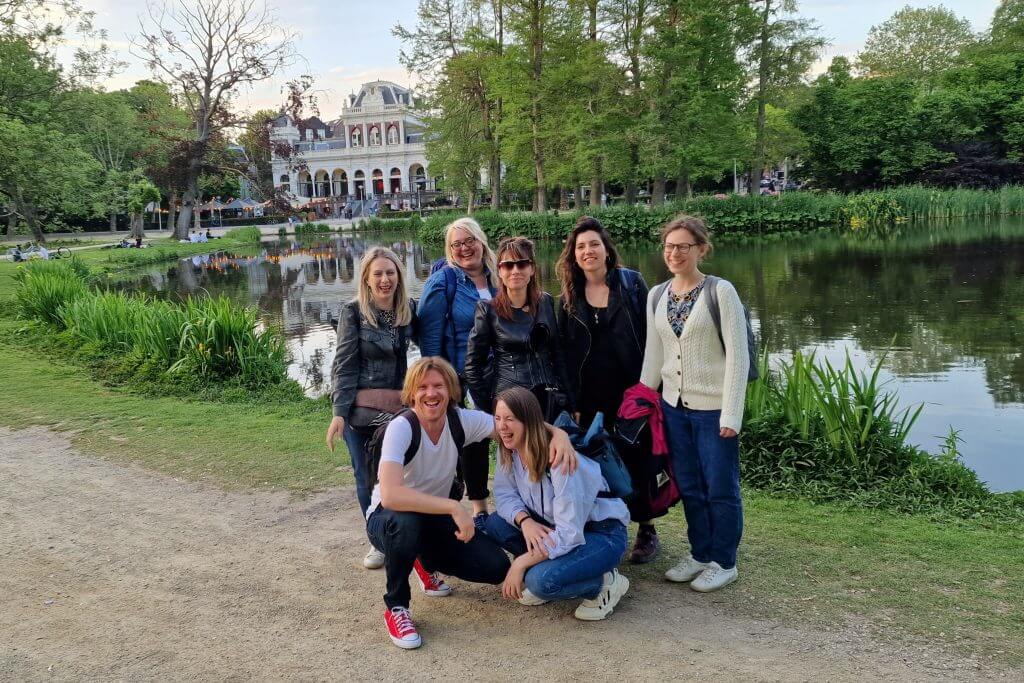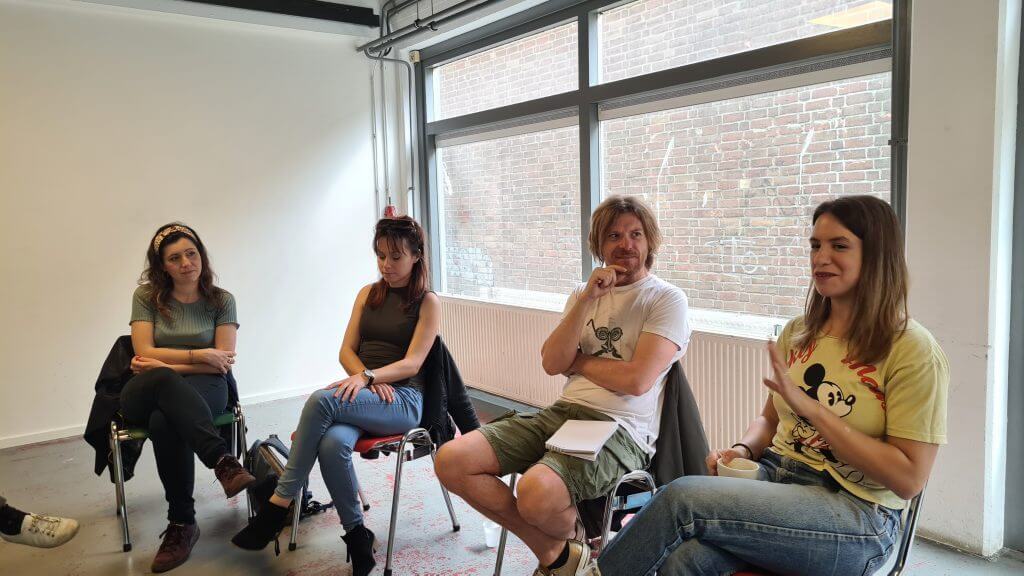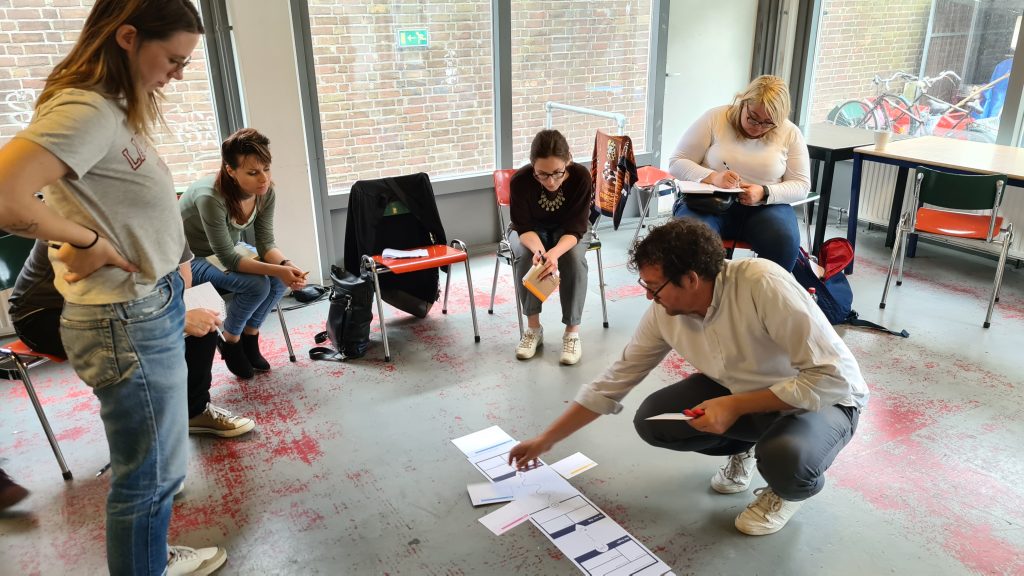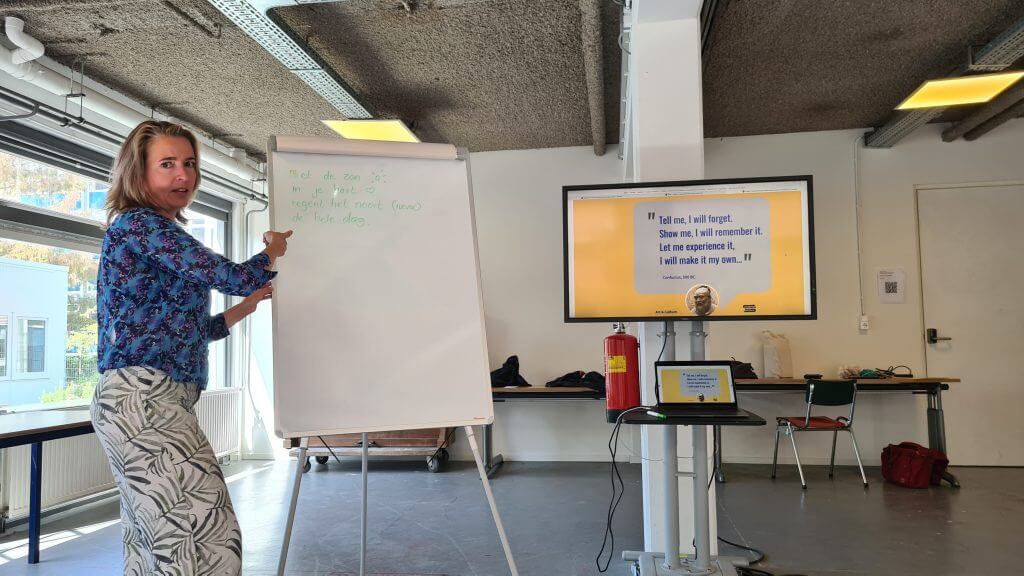Florence, the birthplace of the Renaissance, the centre of Tuscany, a sea of pasta and tomato sauce, tripe and divine wine... All of this now reminds us of our training in Florence.
As part of the Creativity for Innovation project, our party of 5 set off from Zagreb in a mini-van.
The carpooling option is supported by the Erasmus+ projects as a more ecologically-friendly way of travel, so we started on our journey, happy and 'green', early in the morning.
Five employees from Initiative attended the course in Florence, and we were met by two more participants from the Storytelling Centre in Amsterdam, as well as our colleagues from Florence who prepared the course for us.
We arrived in Florence late Sunday night, so after dinner we practically collapsed in bed. In the morning, we headed off for the Europass Teacher Academy training centre, which is located in a historical building in the centre of Florence. We were placed in a classroom with a fresco ceiling, but we soon realised that all buildings in the centre of the city had fresco ceilings, and history was living alongside us in this city.
The program started with an introductory topic for all of our English teachers. Called CLIL (Content and Language Integrated Learning), it is used for all types of lessons in which something is taught in a foreign language. CLIL is an approach in which a foreign language is used as a tool in learning a non-lingual subject in which both the language and subject have a common role. This way, by learning about history, art, culture and food, you can simultaneously learn the language as well.
A successful CLIL lesson should include 4 elements:
CONTENT – advancement in knowledge, skills and comprehension about certain elements of the curriculum
COMMUNICATION – using the language while learning about using the language
COGNITION – developing thinking skills which combine forming ideas (abstract and concrete), comprehension and language
CULTURE – exposure to alternative perspectives and common understandings which deepen our awareness of others and ourselves.
For the lesson to be successful, every teacher must carefully explore the subject they wish to prepare for a CLIL lesson, and expect to have to learn more about the new topics themselves.
They also have to structure the lesson carefully, and know the knowledge level of each participant well so the content can be adapted accordingly. At the end, it is necessary to determine a good way of evaluating the learnt knowledge.
The second topic of our meeting, and also the main one, was creative writing. Creative writing can have pretentious connotations, but with us it luckily awoke our emotions and creativity, which was the reason we came to Florence in the first place. The first day of creative writing was about language, while later we explored writing about the city and art.
Exploring language as a topic for writing, we researched various texts which were inspired by language. Some of them played around with language as a form, some used dialects, others slang. In all these stories, the language influenced someone's character, childhood, or had a significant influence on their life. As an exercise, we dove into some creative writing and memories which tie us to language learning, and the results were that everyone's pieces of writing connected us and made us come together more after sharing personal stories.
This type of exercise can be easily used in activities in which a teacher wants to encourage students to write creatively and freely, while memories emphasise how language has an effect on our emotions.
These exercises are a useful example of how to intertwine writing exercises with the Callan Method, and to stimulate students to think about ideas, their surroundings, and how to encourage them to use place descriptions, experiences, feelings and their senses in writing.
Through cultural activities, we had the opportunity to enjoy fabulous food, strolls through the centre of Florence, botanical garden, museums and sculptures.
Thank you to all our partners for this wonderful experience.
✔This program is co-financed by the Erasmus + program.
Erasmus + enriches lives, broadens horizons 🇪🇺
@Agency for Mobility and EU Programmes

